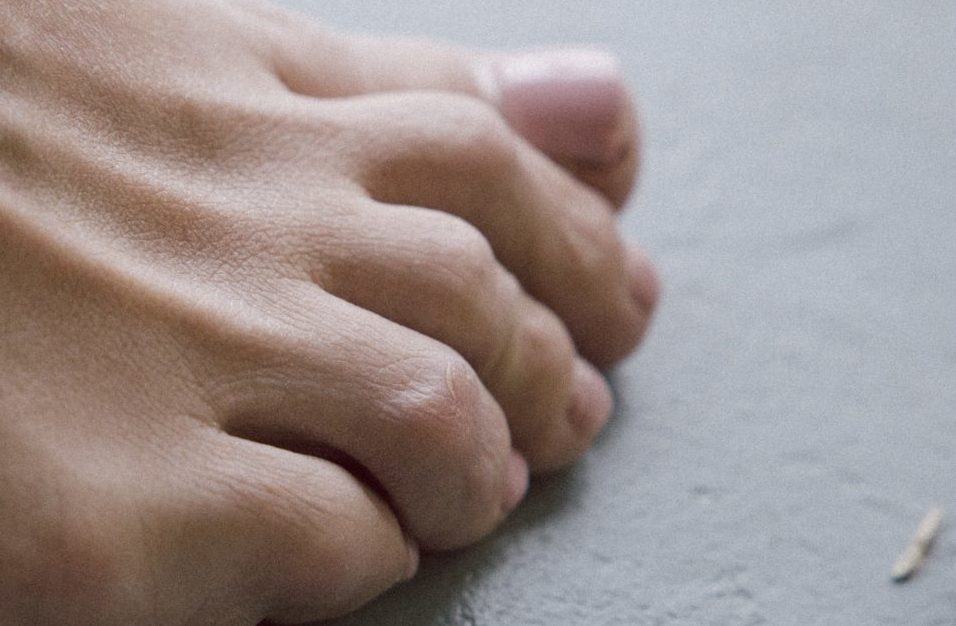Unless you have been diagnosed with the condition, chances are, you’ve probably never heard of Subungual Exostosis. This deformity is relatively rare and is often quickly dismissed for other common medical issues. So what is it, and what can be done if you have it?
What is Subungual Exostosis?
Subungal Exostosis is a growth of bony tissue that protrudes upwards from the tip of either a finger or a toe. This mass of cartilage and bone eventually grows to a point where it starts to press up and through the nail bed.
There are different types of Subungual Exostosis. Some cases only result in mild discomfort, while in more severe instances, the tumor or spur can cause significant nail deformities, or cause the nail to separate from the skin altogether.
Subungual tumors and bone spurs can occur on any digit on your hand or foot; however, the vast majority of them affect the distal phalanx of the hallux (the bone in the tip of your big toe).
If you experience recurring ingrown finger or toenails accompanied by sharp pain when pressure is applied, you may be displaying signs of mild Subungal Exostosis, and you should seek the advice of a medical professional right away.
What Causes Subungual Exostosis?
While there is no known cause for Subungual Exostosis, it is thought that repeated injury or infection contributes to the chances of developing this painful condition.
As mentioned before, Subungual Exostosis is a relatively rare condition. Although some cases have been reported in adults, these growths mainly affect children and teenagers under the age of 20.
What Does Treatment Involve?
Subungual Exostosis is treated with minor surgery. After the diagnosis is confirmed by a lateral X-ray of the affected finger or toe, a podiatrist can create a plan of action to remove the growth, and repair damage to the nail bed.
The surgery is typically performed under a digital block. This kind of local anesthetic is injected into the base of the finger or toe. After the area is numb, a podiatric surgeon will make an incision either along the top or on the front of the affected digit, giving him or her access to the foreign mass. After the growth is removed, the bone will be smoothed out to prevent any unwanted tissue from reappearing in the future. If the nail bed has sustained substantial damage, the surgeon will then use either absorbable sutures or surgical glue to repair any holes or tears. Following this step, the original incision will be closed and bandaged.
We Want to Help You
If possible, it’s best to catch Subungal Exostosis early before it has the chance to grow into a more severe problem. If you suspect that you or your child has Subungal Exostosis, please don’t hesitate to contact us. Canyon Oaks Podiatry can help you find a treatment plan that perfectly fits your needs. We are dedicated to providing the very best of podiatric care to the Central Valley area. Take the next step: Click here to schedule an appointment today!

